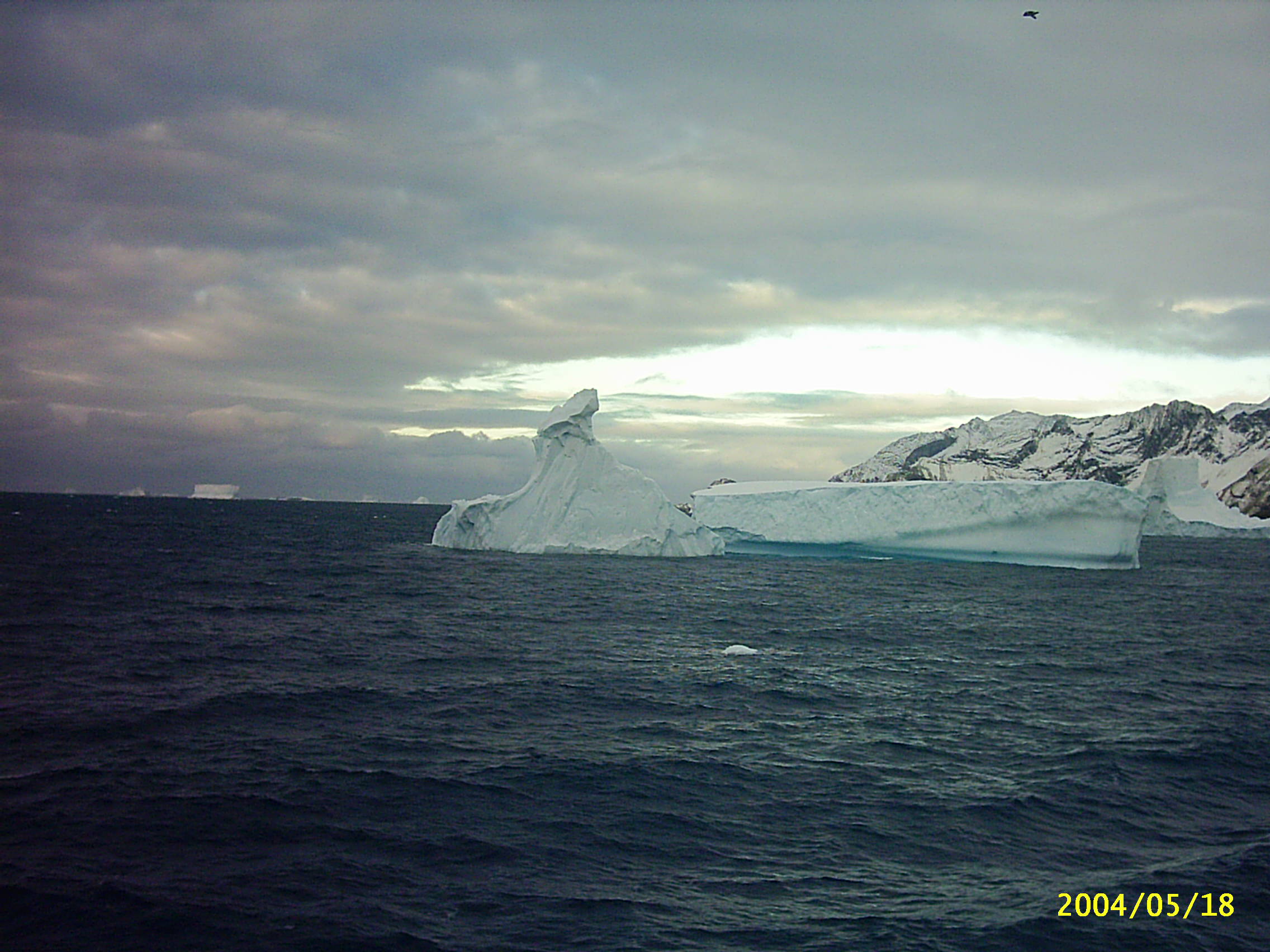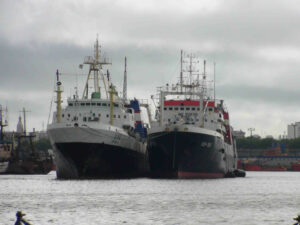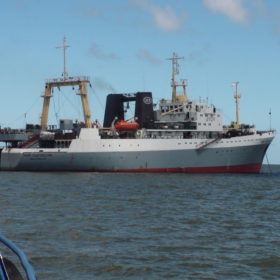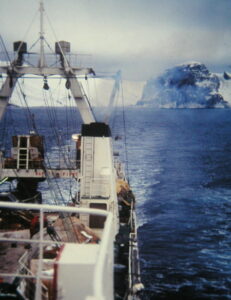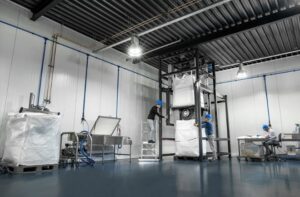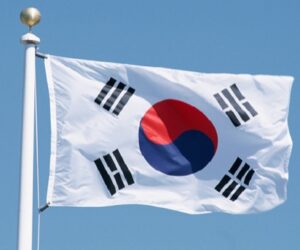(by Mr. Victor Smetacek from the Alfred Wegener Institute for Polar and Marine Research Bremerhaven, Germany)
The “food chain of the giants” = diatoms-krill-whales.
The current understanding is that after the near extinction of the stocks of great whales around Antarctica by the mid-1960s, krill biomass was expected to increase because of decreasing predation pressure. However, the opposite has apparently happened: krill stocks have declined by about 80% over the past three decades, accompanied by a concomitant increase in salp biomass. One explanation for the decline is that a stretch of sea ice off the tip of the Antarctic Peninsula, believed to be crucial to krill recruitment, has retreated as a result of global warming. If true, then the decline would have happened anyway and, if whale populations had not been exploited, they would now be undergoing severe starvation.
The researcher offers an alternative hypothesis based on evolutionary ecology. In this view the exceptional “food chain of the giants” was maintained thanks to environmental conditioning by the giants, whereby the limiting element iron was recycled in the surface layer for longer by the feeding activity of the whales than in their absence. Since the whales were eating protein but accumulating lipids, they were sequestering energy and could well have been recycling essential elements, specifically iron, back to the ecosystem for phytoplankton to fix more energy. Such a “manuring mechanism” by the giants would have increased the spatial extent of the productive region. In their absence, productivity based on recycled iron has gone down, the productive area has shrunk and salps have moved in.
This research points to the Antarctic seasonal sea-ice zone versus the concentration of large animal stocks, specifically krill and its air-breathing vertebrate predators, in a relatively small region, the Antarctic Peninsula, characterized today by moderate productivity.
The biology of Antarctic krill (Euphausia superba) is unique in many ways: krill exploit an exceptionally broad range of food resources: nano- and microplankton, particularly diatoms, but also zooplankton, particularly copepods. And captive krill, are even cannibalistic. Krill feed prodigiously when food is plentiful, but can starve for many months. They do not hibernate, but can store substantial lipid reserves and also shrink in size when starved. Krill inhabit sea ice or the open ocean equally well, as dispersed indi- viduals or in tight schools that can swim long distances (up to 30 km/day), enabling them to adequately exploit a patchy food supply. Their population size is much larger than that of any other euphausiid: a century ago, their biomass will have been substantially higher than the current global human biomass (about 250 million tonnes). So krill occupy a broader niche than either zooplankton or planktivorous fish.
The research claims that the “food chain of the giants” no longer exists making it difficult to be investigated and its structure and primary productivity patterns compared with regions like the Ross Sea to ascertain the mechanisms maintaining high animal biomass concentrations.
It states that the Antarctic paradox is due to the fact that, because of its inaccessibility, this ocean was the last marine ecosystem to be fully exploited by humans and in a period when the decimation could be documented systematically (Smetacek and Nicol 2005).
The reconstructed krill densities of the first third of the twentieth century are hard to believe in comparison to today. Krill stocks must have declined significantly. The sea-ice retreat along the Peninsula, due to global warming, is believed to have affected krill recruitment, because the sea-ice in this region provides protection and food in the form of ice algae to ascending krill larvae. The researcher has argued that the ongoing decline of krill stocks is a result of the collapse of the diatom-krill-whale food chain following the removal of the whales. Although the effect of sea-ice retreat due to global warming cannot be ignored as a cause of krill decline, the role of whales in maintaining high phytoplankton productivity and hence high krill biomass by virtue of iron recycling is likely to have been more significant. It bases this conclusion on the following considerations:
- The decline in whale stocks was not accompanied by a significant increase in the stock sizes of other smaller krill predators, implying that a krill surplus did not accumulate after the whales were removed.
- The productivity of the area occupied by the “food chain of the giants” has apparently gone down, as indicated by a comparison with satellite images made in the 1970s (CZCS) with those of the 2000s (SeaWiFS).
- The spread of salps in the same region is also an indicator of declining pro- ductivity.
- The decline in productivity is unlikely to be due to a decline in input of “new” iron, but is more likely the result of a decline in recycled iron released by the feeding of the whales and krill.
The “iron recycling hypothesis” to explain declining krill stocks can be tested via a large-scale iron fertilisation experiment in the Scotia Sea. Apart from furthering the understanding of pelagic ecosystem functioning, an added benefit of such experiments would be to test the feasibility of larger-scale iron fertilization to sequester significant quantities of atmospheric CO2 and hence mitigate the effects of climate change, not only on polar but also global ecosystems. Antarctic sea ice is not threatened by a rapid retreat in the course of this century, as is happening with the Arctic ice pack. However, if atmospheric CO2 concentrations are allowed to rise over the next century, there can be little doubt that the southern sea ice and its ice-dependent ecosystem will also be seriously affected.
Full report at Impacts of Global Warming on Polar Ecosystems

